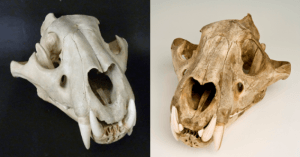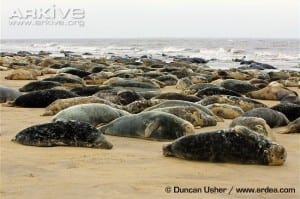Is it ever acceptable for museums to lie?
By Jack Ashby, on 16 April 2014
I ask this question to our Museum Studies Masters students every year, and last month put it to our new Bachelor of Arts and Sciences students. Despite the difference in the age, background and interests of these two groups, the reaction is the same – anger and horror. I am playing devil’s advocate in these debates, but my own opinion is yes, there are circumstances when everyone benefits from museums lying.
The lectures I discuss this in focus on object interpretation, and I use a tiger skull as a prop for discussing how to decide what information to include in labels. The choice of a tiger isn’t important – I just need something to use as an example I can attached real facts about natural history and conservation to, but I spend the two hours talking about tigers.
At the end of the lecture I reveal that the skull is in fact from a lion. Everything else I told them about tigers is true. Did it matter that I lied? (more…)
 Close
Close





